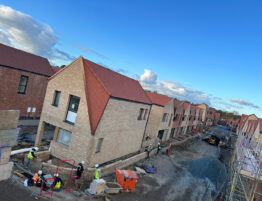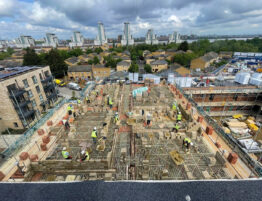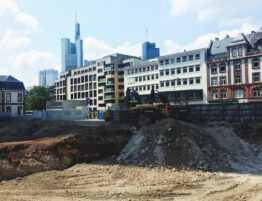
The cost of living crisis is something that’s repeatedly filling our news streams with reports of how this is affecting people, businesses and whole industries.
Now, it has been revealed that, during 2022, high levels of inflation on building materials has made its mark on the UK’s construction sector – taking the total cost of construction output for the year to a record level of £204bn.
Read on for more on this story as well as what the experts are predicting for 2023…
How the cost of materials has changed
In 2022, the legacy of the Covid pandemic combined with the knock-on effects of the war in Ukraine, caused supply issues for many industries. Although the construction sector has found ways to keep materials coming in, the rising prices of those materials has been one of the main impacts of the cost of living crisis on the industry.
By the summer of 2022, many materials were 25% higher in price than they had been the previous year. By the end of the year, this had caused the total annual cost of construction to go over £200bn for the very first time.
Construction information specialists, Barbour ABI, analysed the data and found that, if prices had remained at pre-pandemic levels, the annual construction value would have more likely been around £181bn.
What’s predicted for 2023?
On average, inflation on building goods has now dropped to 15% and Barbour ABI are forecasting that prices will ease further in the second half of this year. However, they also warn that some products like insulation (which has recently jumped in price by 50%) could see double-digit price rises and point to several factors which could make 2023 a ‘bumpy ride’ for contractors.
Tom Hall, Chief Economist at Barbour ABI said:
“The Bank of England’s decision to increase the base rate to 4% is likely to weigh heavily on the residential sector over 2023 as mortgage holders tighten their belts.
“Added to this, the UK economy is widely predicted to stagnate as a best-case scenario over the short-term, which may well see other commercially sensitive sectors dependent on consumer spending also fall.
“Construction product inflation and shortages are expected to ease over the second half of 2023 but will not return to the stability in the 2010’s.
“Contractors are working on razor-thin margins. All in all, 2023 is likely to be another bumpy year.”
The good news?
Although 2022 was a record year for costs, the good news is that development of new projects and developments showed little sign of slowing down. The year saw high levels of contracts being agreed (to the record value of £80bn) and there was another new record in terms of planning approvals which came in at £105bn.
As a result, Barbour ABI is predicting that 2023 will continue to see high levels of construction activity, particularly in the infrastructure, warehousing, and health sectors.
15.02.2023
Feature image: Freepik








